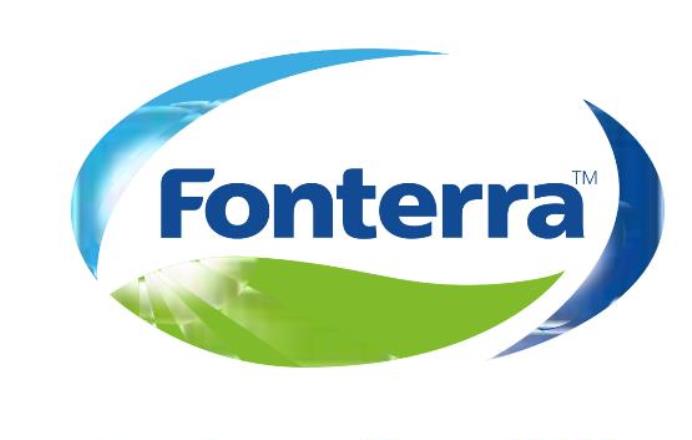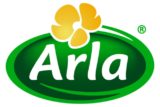Fonterra’s Board has presented a revised capital structure proposal that it will discuss with farmers over the coming weeks before deciding whether to proceed to a shareholder vote.
The ‘Flexible Shareholding’ structure is a progression on the preferred option put forward at the start of the consultation process in May, but with key changes based on farmer feedback and further expert advice:
- New minimum shareholding requirement would be set at 33% of milk supply (around 1 share per 3 kgMS), compared to the current compulsory requirement of 1 share per 1 kgMS. This is intended to strike a balance between providing a meaningful level of flexibility for those who need it, which is critical to maintaining a sustainable milk supply, while ensuring all farmers having some capital-backed supply.
- New maximum shareholding requirement would be set at 4x milk supply, compared to the current 2x milk supply. This is intended to strike a balance between supporting liquidity in the farmer-only market – by ensuring more capacity for farmers to buy shares from those who want to sell – while avoiding significant concentration of ownership.
- More types of farmers could buy shares, including sharemilkers, contract milkers and farm lessors. This is intended to recognise their connection to Fonterra, provide a pathway for future farmer owners and increase the number of potential participants in the farmer-only market by around 4,000 to support liquidity.
- Exit provisions would be extended and entry provisions would be eased. Existing shareholders would have up to 15 seasons initially to exit, reducing annually to 10 seasons, which would also support liquidity and give these farmers greater choice about how long they retain an investment in the Co-operative. Meanwhile any new entrants would have up to six seasons to achieve the 33% minimum shareholding requirement. This compares to a standard three seasons for both entry and exit under the current structure.
- The Fonterra Shareholders’ Fund (the Fund) would be capped to protect farmer ownership and control. If greater flexibility was provided without making any other changes to the current structure, the thresholds relating to the size of the Fund could be exceeded relatively quickly. That’s because farmers would be able to hold fewer shares and non-farmers would be able to invest more through the Fund.
- The Fonterra Shareholders’ Market (FSM) would continue to operate as a farmer-only market, but shares would no longer be able to be exchanged into units in the Fund. As communicated in May, this means the share price may trade at a discount to the unit price, referred to as a restricted market discount. But aside from this initial adjustment, the farmer-only market should enable the Co-operative’s share price to better reflect the higher costs of capital many farmers have compared to external investors with more diversified investment portfolios.
- Additional measures to support liquidity in the farmer-only market would be implemented, recognising there may be lower levels of trading, so the share price could move more on small volumes. The Co-operative has sourced expert advice to determine the measures it would take to support liquidity. This includes allocating up to $300 million to support liquidity as farmers transition to the proposed structure, through an on-market share buy-back programme and other tools. Further information, including the Farmer Booklet and Presentation, is available at fonterra.com/capitalstructure



